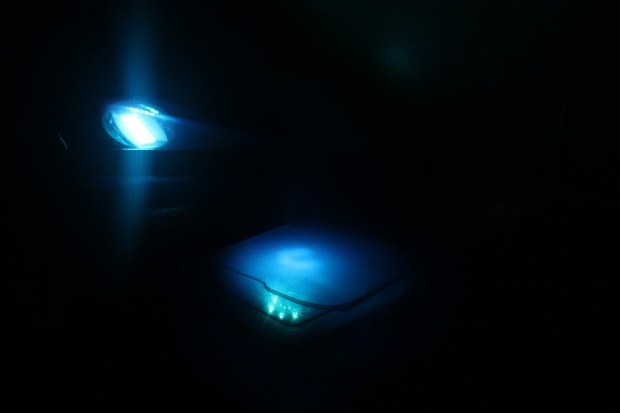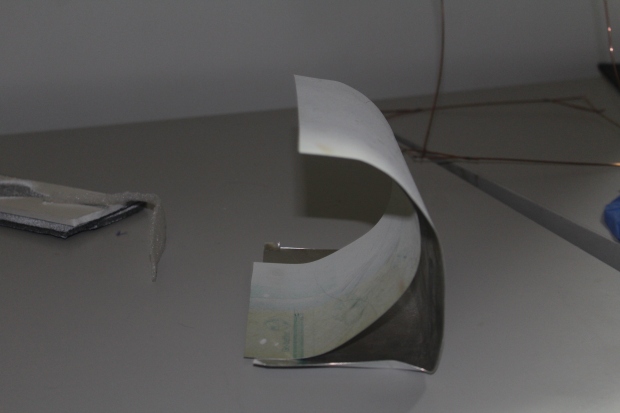This project has been a real eye opener to the mass amounts of plastic consumed daily around the world, but also here in Nelson, the quantity of plastic bottles that are processed at the local recycling plant is staggering!
We made four trips to the recycle center, due to not having room in the vehicle to transport large amounts of plastic at a time. Of these four trips we only collected a small percentage of the plastic waste that accumulates daily.
Through this large scaled installation for Light Nelson, we want to portray to the public the unbelievable amounts of plastic consumed, but also how this material is terrible for the environment and often ends up polluting the beautiful oceans due to lack of space for all the waste accumulated by plastic produce.
The plastic has been sourced from the local recycling centre in Tahunanui and also the Richmond Resource Recovery Centre. The Richmond centre is the destination where all the recycling for the area is sent to be sorted, crushed and then processed before being shipped offshore to be created into other items. Both of these places have been extremely helpful by helping us sort through the plastics, and at the Richmond Resource Recovery Centre, letting us retrieve the bottles before crushing them for shipments.
Pictured above shows us washing bottles, peeling labels, the strength of the glues left on afterwards, and also the temporary small stacks piled up in anticipation for installment.
After managing to source an unbelievable number of plastic bottles, we than have had to select the more suitable forms (and separate the squashed ones as this prevents the bottles fitting together), wash them all and then take the labels off the brands of bottles that the labels were possible to get off.
Taking the labels off the bottles made us aware of how bad the glues are for the environment, as they are extremely potent and toxic, being produced at the expense of our habitat. Each label is either entirely plastic or coated in a thin plastic film, which would also be created using machinery that pollutes the surroundings. The pile of plastic labels we pulled from the bottles was staggering too. Surely there is a better way to brand products?
One may think that washing them was unnecessary, but we were surprised (unfortunately!) by the state that people leave their plastic in when putting it in to be recycled. Most were obviously not even rinsed out, still contained the drink in it, some were covered in food, and most had the bottle lids still on (which makes the air inside smell horrible and also stagnant!). It was quite an unpleasant job!
We haven’t tried to count the individual plastics we have collected, but will do a rough estimate of the bottles included in the wave. At the end of installation we plan to return these bottles to the recycle center.
Images are our own.














































































